Your Guide to Damp and Mould
Our Tenants Guide to Condensation & Mould and other damp issues. Please contact us at once if there are problems in your rented home.
Keep an eye out for leaks
Leaky window frames, pipework, walls and doors are common sources of moisture. If you see a leak, you should report it to us as soon as possible so we can deal with the problem swiftly.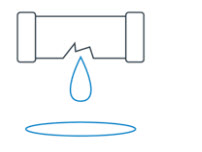
Drying clothes in a ventilated room
Don’t dry clothes on radiators. The vapour turns into moisture in the air and is then circulated around the rooms. This then gathers on walls, windows and other fabrics in the home and can be a mould risk. Instead, dry clothes on a clothes airer in a well-ventilated room. Open a window or use a dehumidifier to minimise the spread of moisture indoors.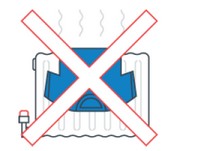
Keep doors closed
Keep bathroom or kitchen doors closed when having a shower or bath, or when cooking. This will prevent moisture from spreading to other parts of the property.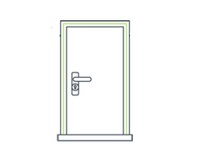
Use extractor fans
If you have an extractor fan in the bathroom, always make sure it is running when you’re having a shower or bath. If you have an extractor fan in the kitchen, you should also use it to disperse moisture and cooking smells. In the absence of extractor fans, open a window when you cook to allow the moisture to escape.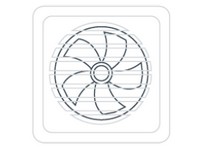
Air property regularly
Open windows regularly to make sure your property is well-ventilated. Even when it’s cold, moisture gathers in the home so opening the window allows some of this moisture to escape. Remember that in the winter when it’s damp and cold outside this won’t be as effective unless the air inside is warmer than outside. Your double glazed windows may have trickle vents at the top to aid ventilation.
Use a dehumidifier
Using a dehumidifier is a great way to take the moisture out of the air, especially if you dry your clothes indoors. You can buy an inexpensive one from a local hardware store or online.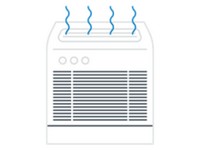
Wipe away condensation
Cleaning the condensation from windows and frames every day will minimise the spread of black mould. Use paper tissue (toilet roll or kitchen roll) to soak up the moisture and dispose of the tissue afterwards in the toilet
Air movement around furniture
Avoid pushing furniture against the wall, or overfilling wardrobes as this can cause damp and mould to grow and spread. Check behind furniture regularly for signs of damp or mould developing.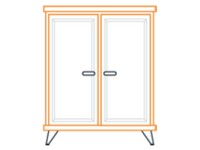
Turn on your heating
Running your heating to about 15 degrees can avoid cold spots, dry out damp and lower the chances of getting mould. We appreciate there is an additional cost, but damage caused by condensation and mould can also be expensive to deal with:How much moisture do we produce?
2 people at home (16 hours).......................................... 3 pintsA bath or shower............................................................. 2 pints
Drying clothes indoors.................................................... 9 pints
Cooking and use of a kettle............................................ 6 pints
Washing dishes............................................................... 2 pints
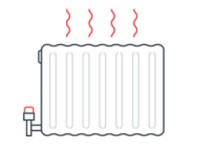
How to clean damp and mould spots
Damp commonly occurs in the bathroom, on exterior facing walls and around window and door frames. Keep an eye on these problem areas and clean the moisture and damp regularly to minimise your chances of getting black mould or mildew.Ventilate the room well when cleaning mould spots. When working with chemicals, you must always follow manufacturers’ instructions.
We have found that Dettol Mould & Mildew Remover is the most effective product at dealing with black mould. It contains bleach so keep away from clothes, curtains, carpets and fabric blinds.
Please tell us as soon as you experience these problems and we will visit to advise and check if the property could be better ventilated or insulated.
How to report damp & condensation issues or to request a visit to discuss any issues in your home
By email at any time to: nplettings99@aol.comBy phone: 01793 513130
